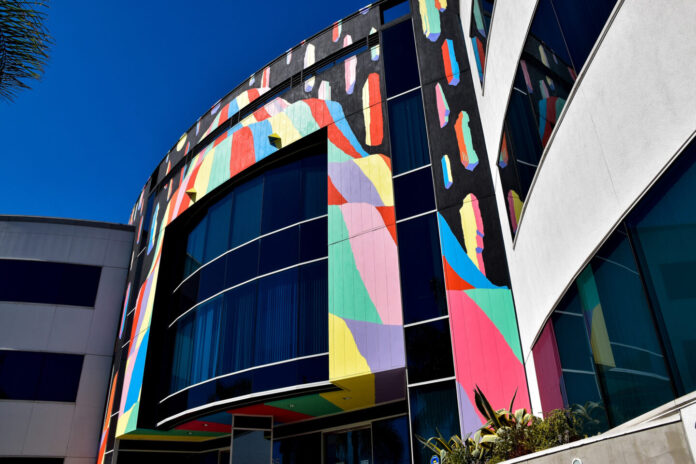Mural painting is a captivating form of artistic expression that transforms blank walls into vibrant narratives. In this article, we’ll delve into the world of mural painting, exploring its history, techniques, and the remarkable contributions of mural artists to the world of art and urban landscapes.
A Glimpse into Mural Painting’s Past
Heading: Ancient Beginnings
- Cave Murals: Mural painting has ancient origins, with early humans adorning cave walls with intricate depictions of their lives, rituals, and surroundings.
- Egyptian Frescoes: In ancient Egypt, mural art graced the walls of tombs and temples, immortalizing pharaohs, gods, and daily life.
Heading: Renaissance and Beyond
- Italian Masters: The Italian Renaissance witnessed artists like Leonardo da Vinci and Michelangelo using mural painting to adorn churches and palaces, creating timeless frescoes.
- Mexican Muralists: In the 20th century, Mexican muralists like Diego Rivera and David Alfaro Siqueiros played a pivotal role in social and political commentary through monumental murals.
Techniques of Mural Painting
Heading: Essential Tools
Paint Selection
- Acrylic Paint: Versatile and widely used, acrylics are favored for their quick drying time and adaptability for both indoor and outdoor murals.
- Specialized Pigments: Tailored mural pigments are chosen for their durability and ability to withstand outdoor elements.
Brushes and Equipment
- Diverse Brush Types: Muralists employ an array of brushes, each designed for specific textures, details, and sizes.
- Projectors and Grids: Tools like projectors and grid systems aid artists in accurately transferring their designs from concept to the wall.
Heading: The Creative Journey
Conceptualization and Planning
- Idea Generation: Mural artists initiate their process by conceiving a theme or narrative that aligns with the mural’s purpose and location.
- Sketching and Mock-ups: Initial sketches and digital mock-ups help visualize the final mural and facilitate adjustments.
Surface Preparation
- Wall Priming: Walls are meticulously cleaned, primed, and prepared to ensure a smooth canvas for the mural.
- Grid Systems: Scaling and grid systems assist muralists in transferring intricate designs accurately onto the wall.
Heading: The Artistic Execution
Layer by Layer
- Building the Base: The mural begins with the application of background and base colors, forming the foundation.
- Detail and Depth: Subsequent layers introduce intricate details, highlights, and shading, bringing depth and character to the artwork.
Styles and Techniques
- Realism: Some mural artists strive for realism, meticulously capturing lifelike representations.
- Abstract Expressionism: Others explore abstract and expressive styles, giving life to imaginative and unconventional murals.
Heading: Preserving the Legacy
- Varnishing: The application of a protective varnish coat preserves the mural’s colors and guards against environmental wear and tear.
- Ongoing Maintenance: Periodic inspections and touch-ups ensure the mural’s continued vibrancy and longevity.
Impact of Mural Painting
Heading: Artistic Expression and Connection
Mural painting transcends galleries, fostering a profound connection between art and the public. It serves as a powerful form of artistic expression that resonates with people from all walks of life.
Heading: Transforming Communities
- Community Identity: Murals often encapsulate the essence and identity of local communities, conveying their history, values, and aspirations.
- Urban Revitalization: Neglected urban spaces can be revitalized through mural projects, turning them into vibrant cultural centers and contributing to neighborhood pride.
Heading: Education and Cultural Heritage
Mural art serves as an educational tool, conveying historical narratives, promoting social messages, and preserving cultural heritage. It invites viewers to immerse themselves in stories that come to life on the walls.
Conclusion: The Enduring Beauty of Mural Painting
In conclusion, mural painting stands as a testament to the limitless possibilities of artistic expression. It enriches our environments, tells stories, and celebrates creativity. The historical roots, intricate techniques, and profound impact of mural painting on communities and public spaces underscore its enduring beauty.
As we encounter these breathtaking murals adorning our cities, let’s not only admire the art but also appreciate the incredible talents of mural artists who dedicate themselves to brightening our world. Mural painting reminds us of art’s remarkable ability to captivate, educate, and inspire.

